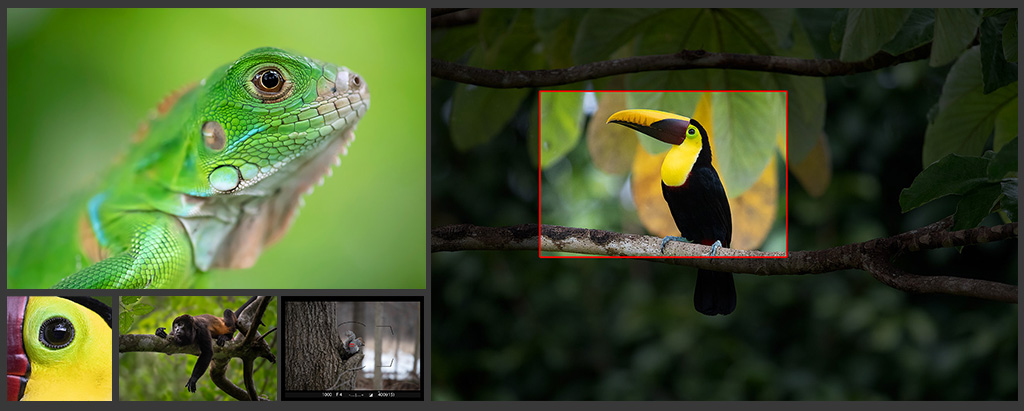jas2go
New member
I used a Tampon 150-600 mm lens on my Z7. The noise was incredible. I was shooting Sandhill Cranes coming in at dusk. Is there a better lens to use?
If you would like to post, you'll need to register. Note that if you have a BCG store account, you'll need a new, separate account here (we keep the two sites separate for security purposes).
If you can borrow or rent a Nikon 200-500 F5.6 it may be better but honestly the difference between f5.6 and f6.3 isn't really huge. I've shot the Sandhills coming in at dusk in Jasper-Pulaski and getting a shutter speed fast enough to freeze their movement even at F5.6 requires a higher ISO than I really like to use.
May try Topaz DeNoise AI. It isn't magic but it does a reasonable job fo reducing noise a bit..
If the 200-500 doesn't do the trick, you're probably looking at one of the F4 prime lenses (big $$$ expensive).
Another option if you're in the Z system is try a Z6 which is supposed to have better low light performance (I've never used it so I cannot say from personal experience and therefore will not make a recommendation).
Hope this helps
Jeff
If you can borrow or rent a Nikon 200-500 F5.6 it may be better but honestly the difference between f5.6 and f6.3 isn't really huge. I've shot the Sandhills coming in at dusk in Jasper-Pulaski and getting a shutter speed fast enough to freeze their movement even at F5.6 requires a higher ISO than I really like to use.
May try Topaz DeNoise AI. It isn't magic but it does a reasonable job fo reducing noise a bit..
If the 200-500 doesn't do the trick, you're probably looking at one of the F4 prime lenses (big $$$ expensive).
Another option if you're in the Z system is try a Z6 which is supposed to have better low light performance (I've never used it so I cannot say from personal experience and therefore will not make a recommendation).
Hope this helps
Jeff
I was shooting between 500 -1000, f6.4 to f9, ISO 640-6400. I set the shutter and aperture and let the camera set the ISO. All were grainy.What shutter speed, aperture and ISO were you using?
Always a kind of deception using D850 or Z7 in low light... and yes, 5.6 or 6.3 will not make (a uge) the difference. And yes, the noise in the Z6 is significantly better. And I do not understand Canon going with their new F8 to F11 lenses!!! Just not understanding.If you can borrow or rent a Nikon 200-500 F5.6 it may be better but honestly the difference between f5.6 and f6.3 isn't really huge. I've shot the Sandhills coming in at dusk in Jasper-Pulaski and getting a shutter speed fast enough to freeze their movement even at F5.6 requires a higher ISO than I really like to use.
May try Topaz DeNoise AI. It isn't magic but it does a reasonable job fo reducing noise a bit..
If the 200-500 doesn't do the trick, you're probably looking at one of the F4 prime lenses (big $$$ expensive).
Another option if you're in the Z system is try a Z6 which is supposed to have better low light performance (I've never used it so I cannot say from personal experience and therefore will not make a recommendation).
Hope this helps
Jeff
Without more info it's hard to say what went wrong - as Bill says setting would help a lot. Also, if you could post a sample that may help too.

Perhaps a real TAMRON lens?I used a Tampon 150-600 mm lens on my Z7. Is there a better lens to use?
Autocorrect does it - it's happened to me tooI really need to spell check. Sheesh!
Perhaps a real TAMRON lens?
Sorry. I couldn't resist.
